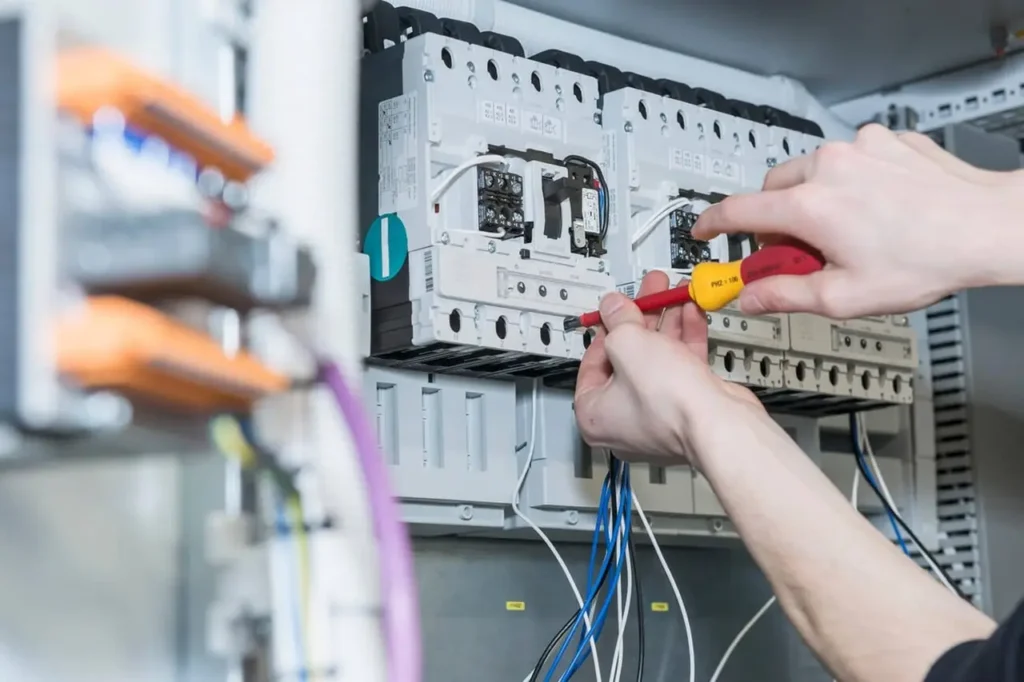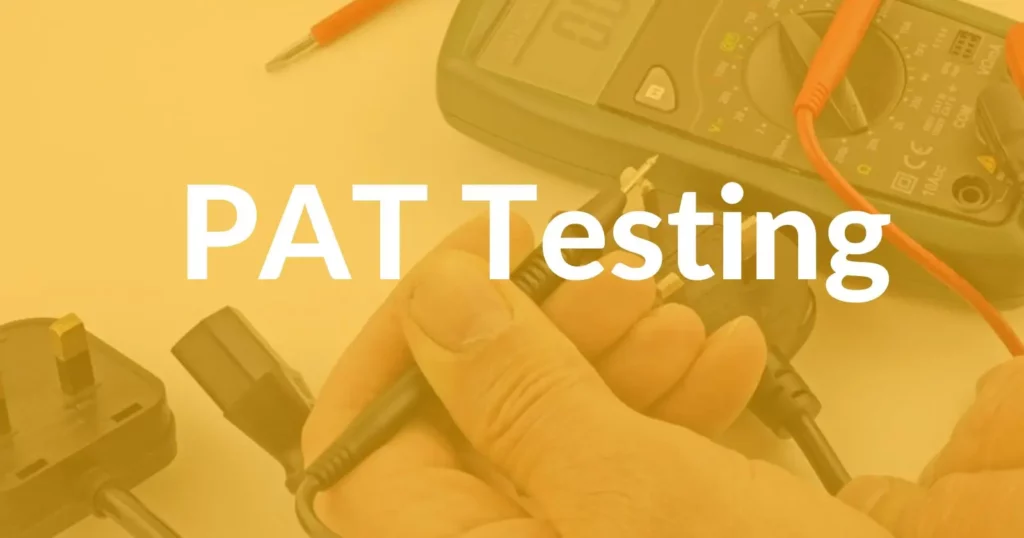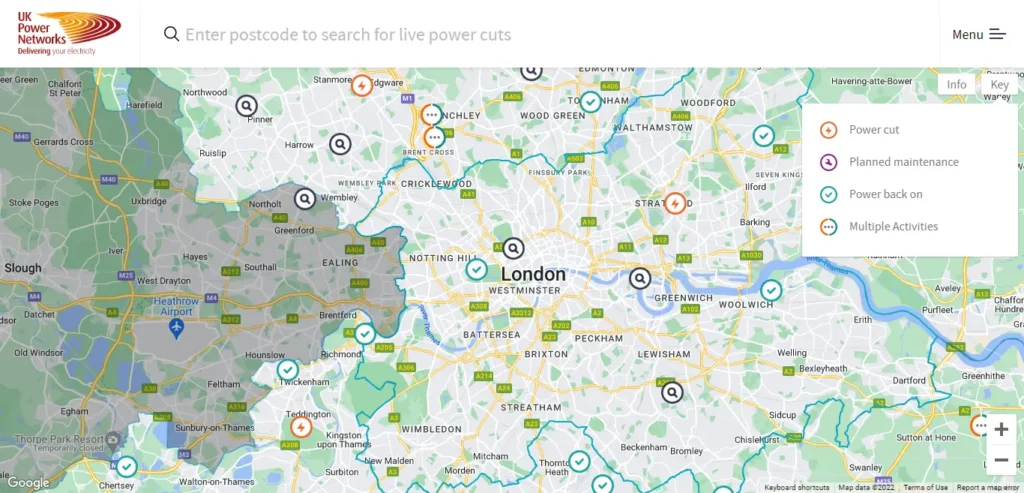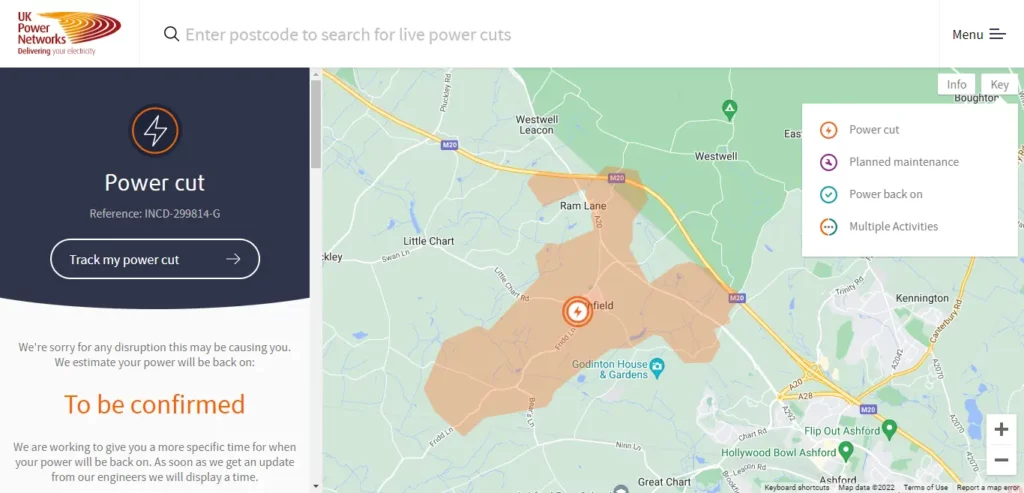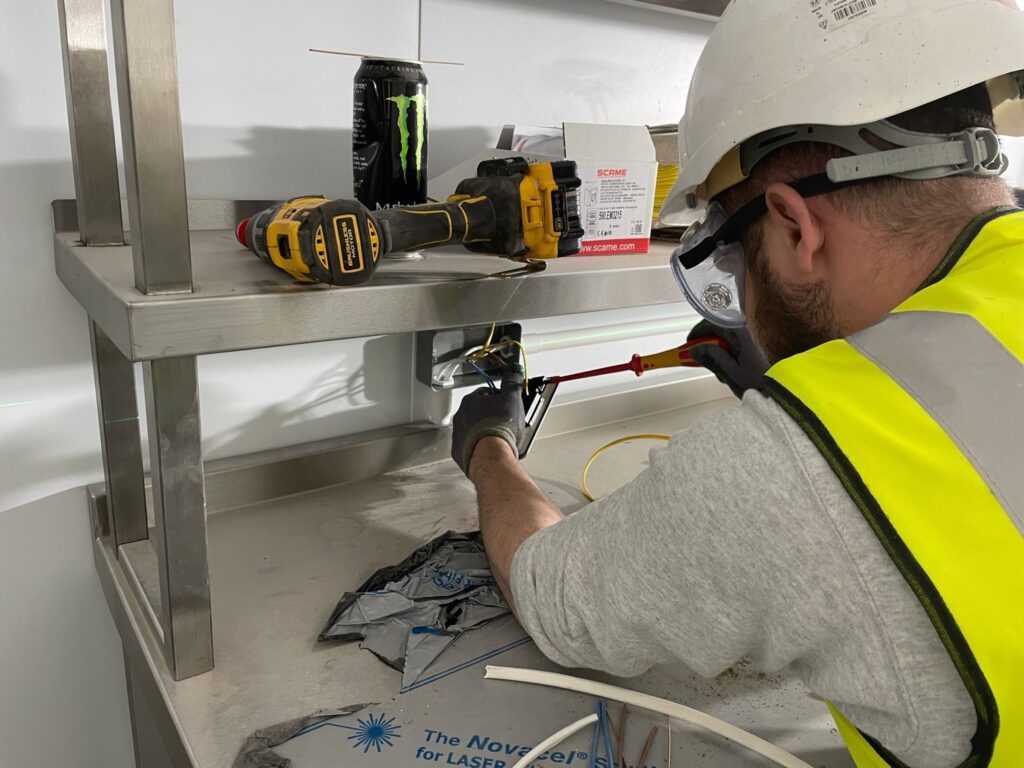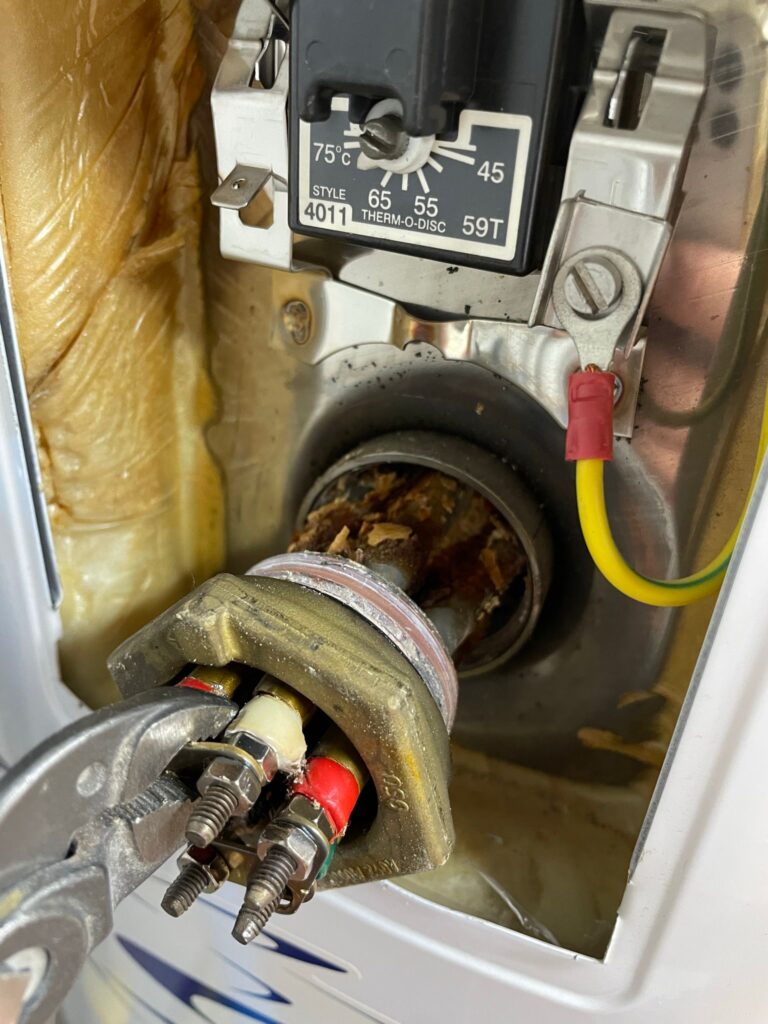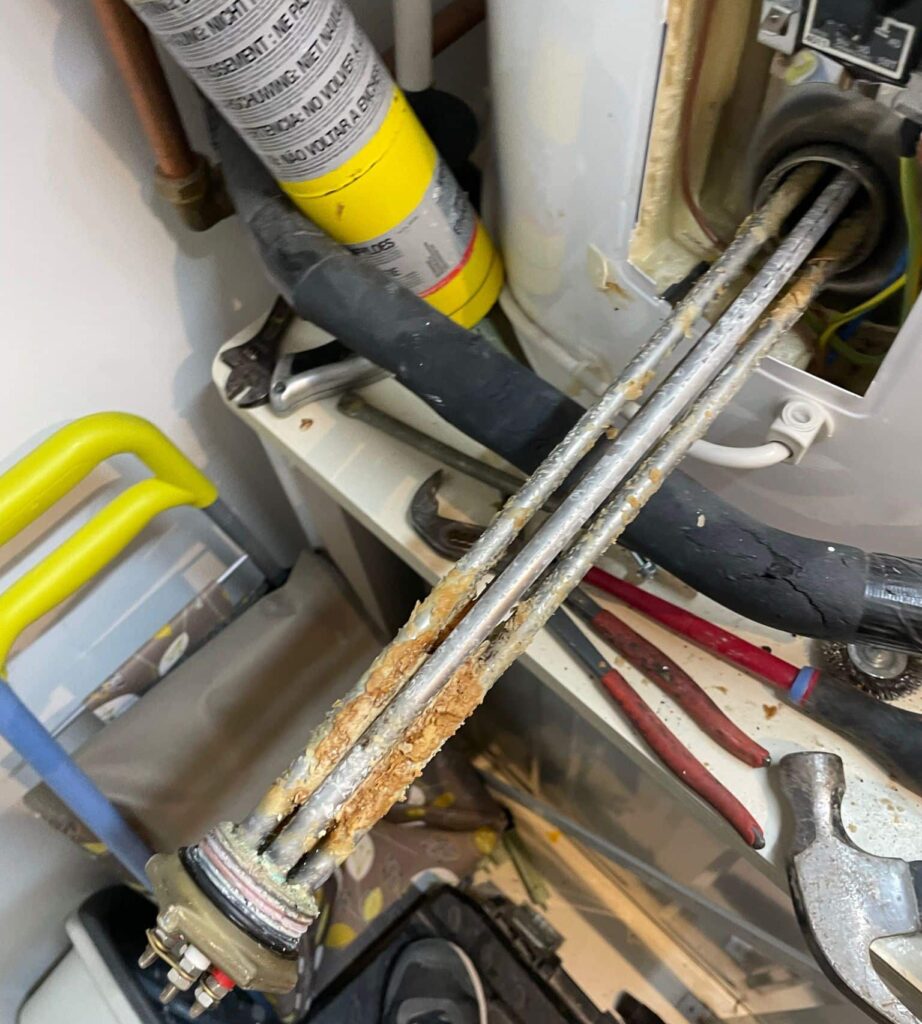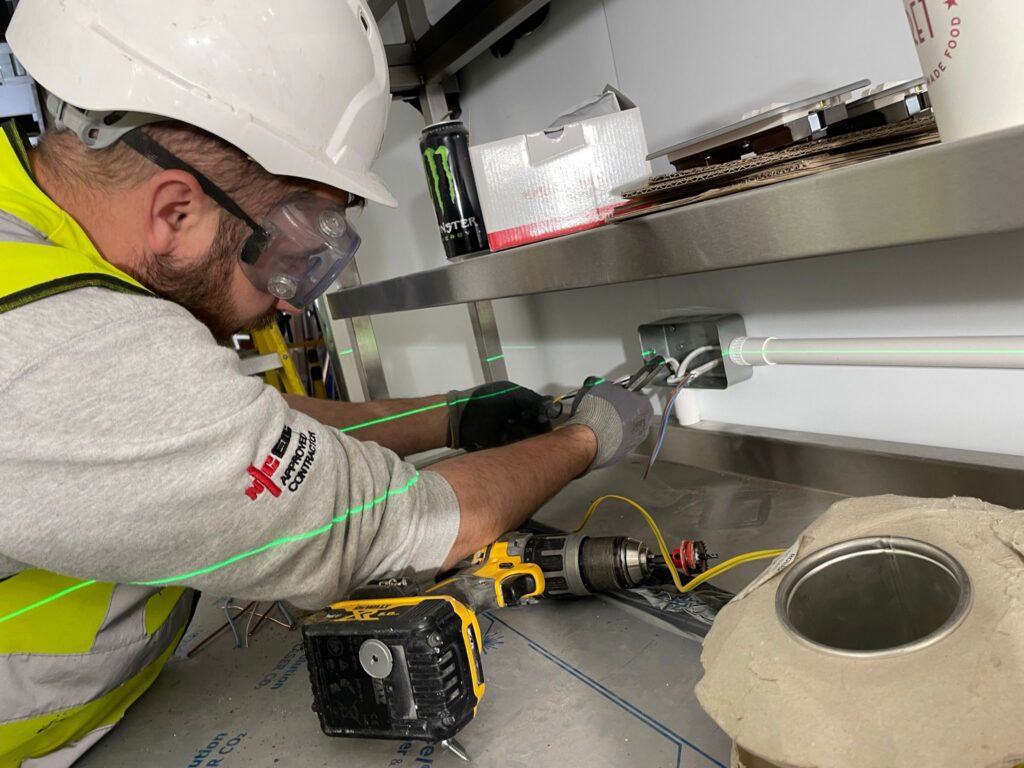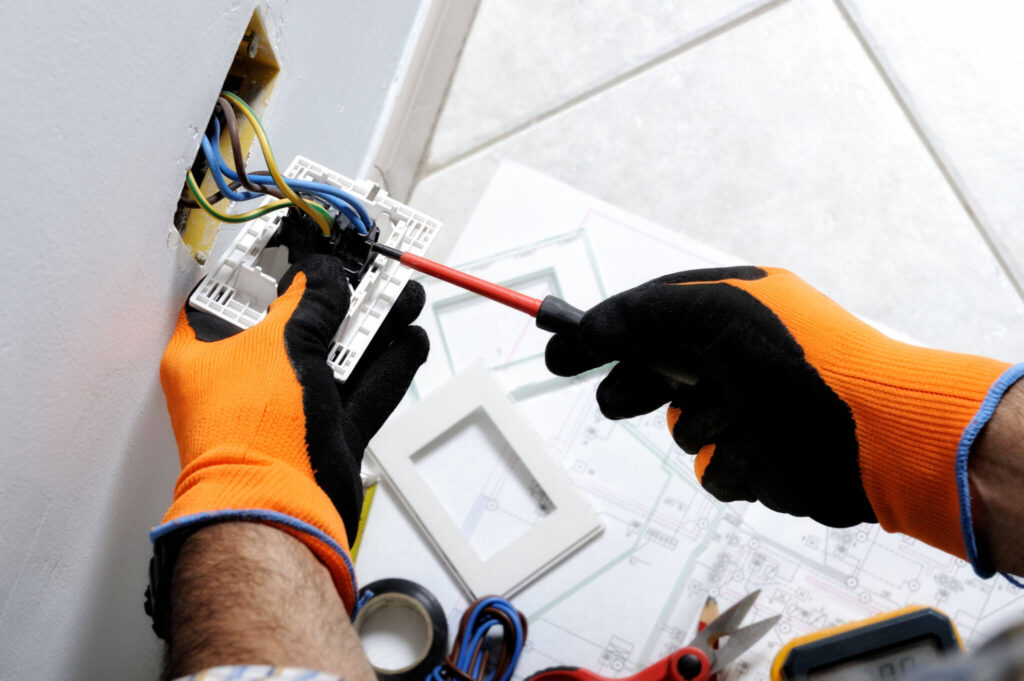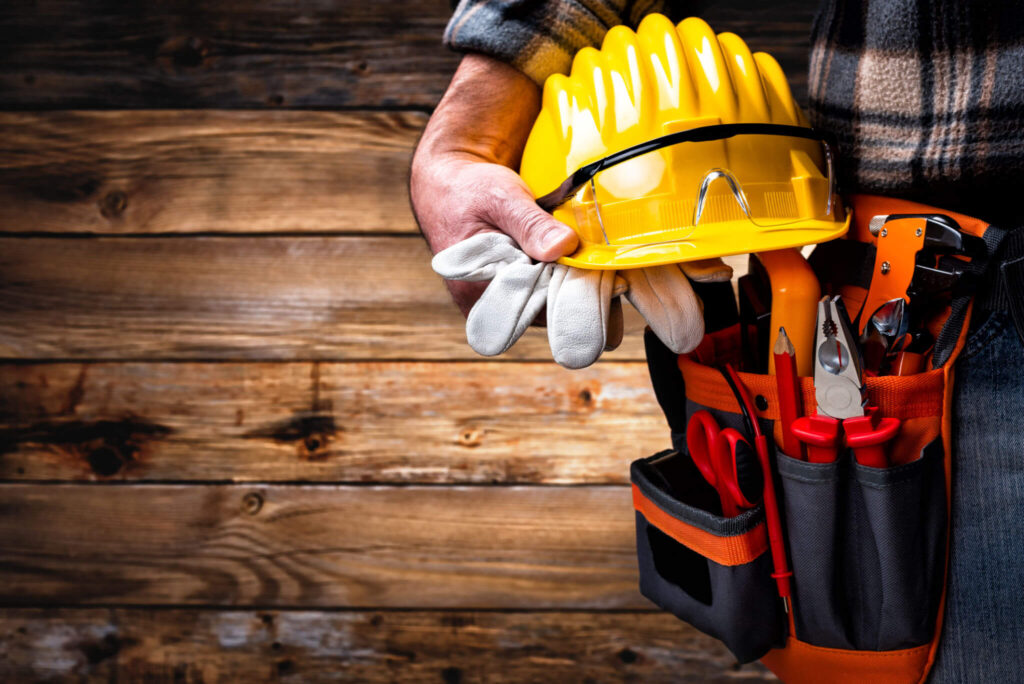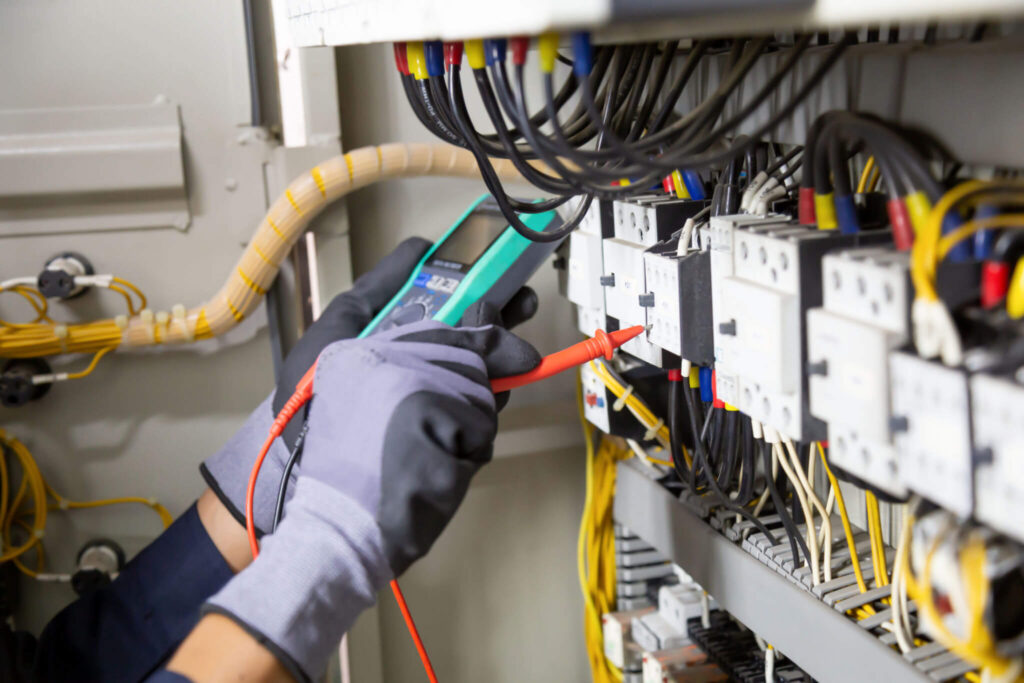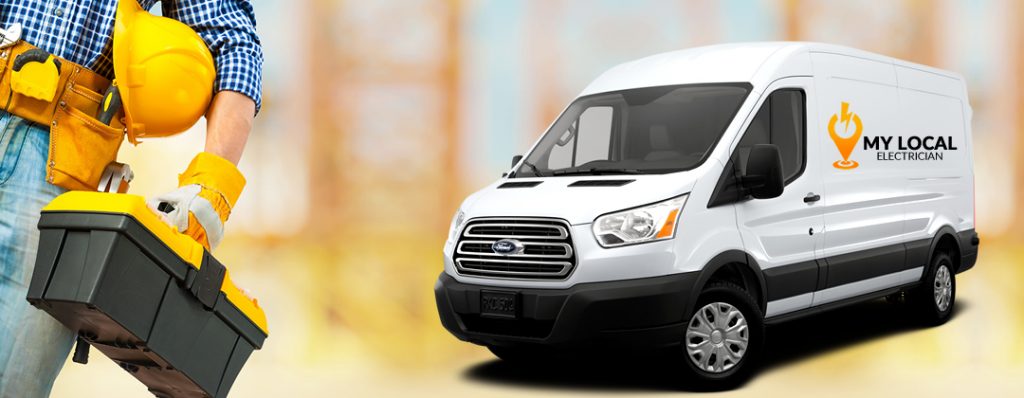How to Change a Fuse in a Fuse Box: Assuring Home Safety
Changing a fuse in a fuse box might seem daunting, but it’s an essential skill that can save you time and money. Whether you’re dealing with a sudden power outage or a persistent electrical issue, knowing how to replace a blown fuse can get your home back up and running smoothly. Let’s walk through the process step by step on how to change a fuse in a fuse box.
Understanding fuse boxes
What is a fuse box?
A fuse box is the central hub for your home’s electrical system, housing all the fuses that protect various electrical circuits. When a circuit experiences an overload or short, the fuse blows to prevent damage or fire.
Types of fuse boxes
There are several types of fuse boxes, including cartridge fuses and rewirable fuses. Each type has its specific method for replacement, but the basic principles remain the same.
How a fuse box works
Fuse boxes work by interrupting the flow of electricity when a fault is detected. This interruption helps to prevent electrical fires and other hazards by stopping the excessive current flow.
Common reasons fuses blow
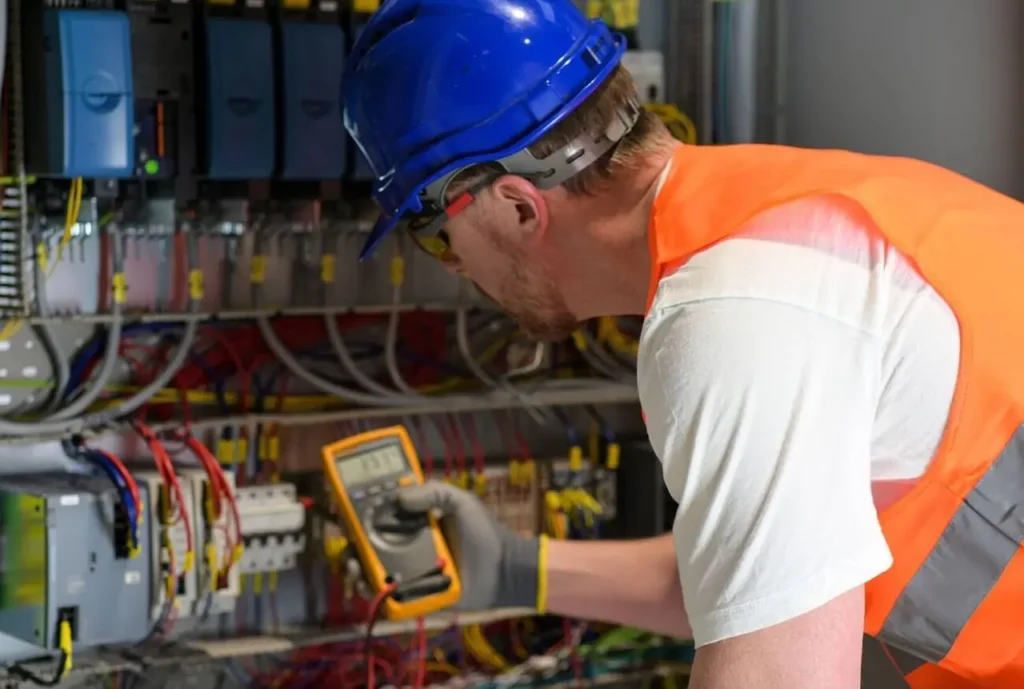
Overloading circuits
One of the most common reasons for a blown fuse is overloading a circuit. This happens when too many appliances run on the same circuit, drawing more power than the fuse can handle.
Short circuits
A short circuit occurs when a live wire touches a neutral wire, causing a sudden surge of electricity. A surge like this can instantly blow a fuse.
Faulty appliances
Faulty or old appliances can draw excessive currents, leading to blown fuses. Regular maintenance and timely appliance replacement can help prevent this issue.
Safety first
Turn off the main power
Before you start working on your fuse box, always turn off the main power to prevent electrical flow.
Use insulated tools
Using insulated tools protects you from electrical shocks. Make sure your tools are in good condition and designed for electrical work.
Wear protective gear
Safety gloves and goggles can protect you from accidental shocks and debris. Always prioritize your safety before handling electrical components.
Identifying the blown fuse
Signs of a blown fuse
A blown fuse often has a visible break in the wire or a cloudy appearance. Some modern fuse boxes have indicator lights that show which fuse has blown.
Using a multimeter to check fuses
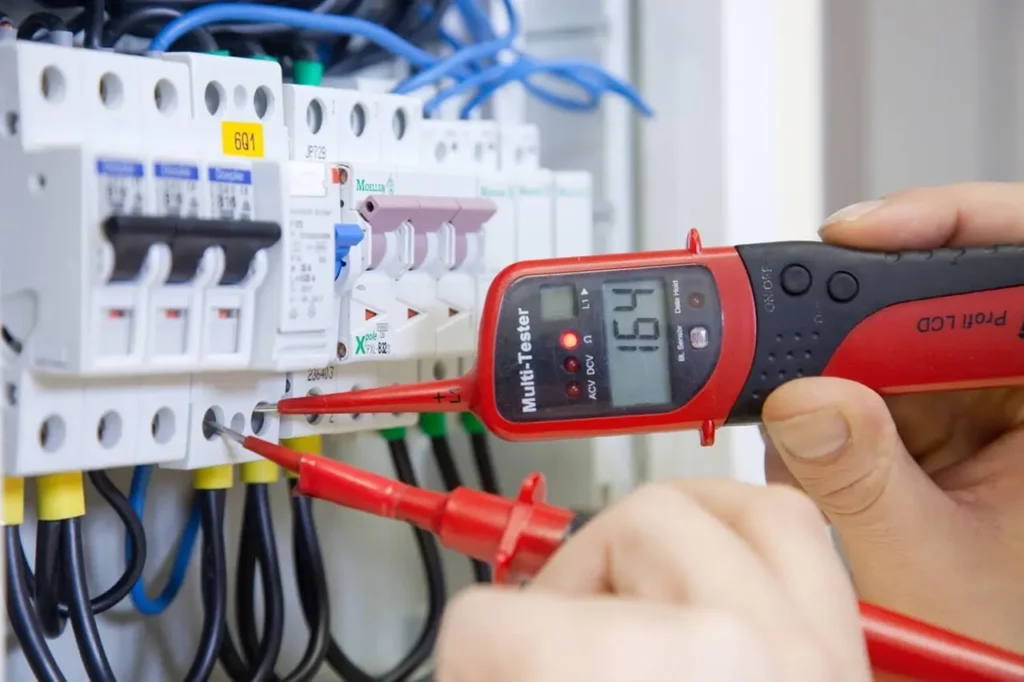
A multimeter can help you identify a blown fuse by measuring the electrical continuity. If the multimeter shows no continuity, the fuse is blown.
Locating the fuse box in your home
Fuse boxes are typically located in basements, garages, or utility rooms. Ensure you know the exact location before an emergency occurs.
Tools you’ll need
Essential tools for changing a fuse
- Insulated screwdriver
- Replacement fuses
- Multimeter
- Safety gloves
Optional but helpful tools
- Flashlight
- Labeling tape
- Voltage tester
Step-by-step guide to changing a fuse
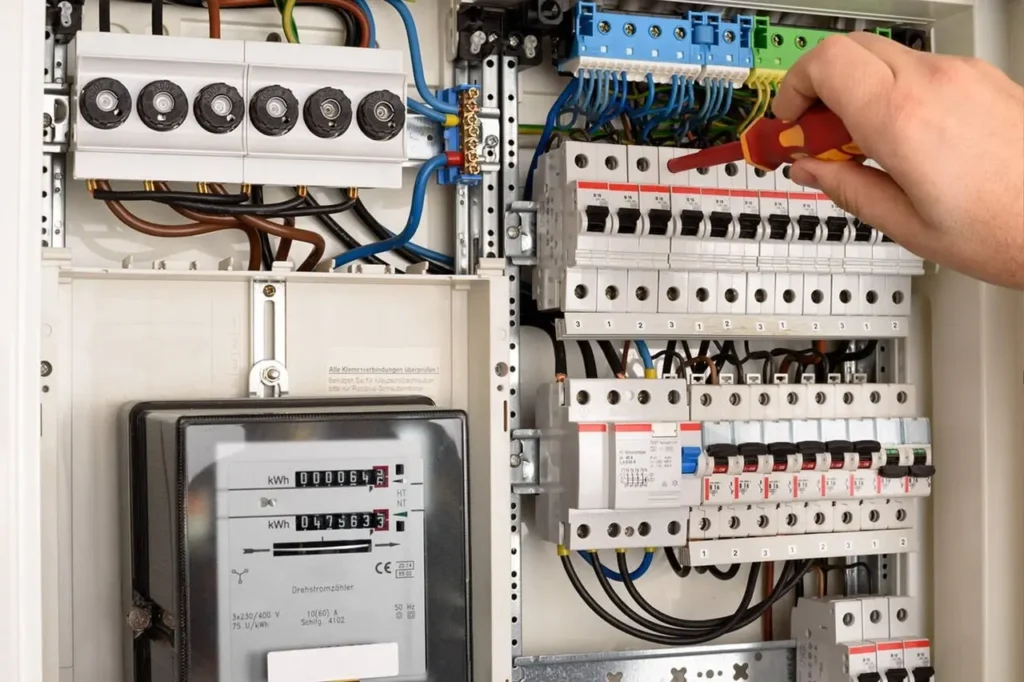
Step 1: Turn off the main power
Always start by switching off the main power supply to avoid any risk of electric shock.
Step 2: Open the fuse box
Use an insulated screwdriver to open the fuse box cover. Be cautious and avoid touching any exposed wires.
Step 3: Locate the blown fuse
Identify the blown fuse by looking for visible signs of damage or using a multimeter.
Step 4: Remove the blown fuse
Carefully remove the blown fuse using an insulated tool. Ensure you’re applying only a little force.
Step 5: Insert the new fuse
Insert the new fuse into the same slot. Make sure it fits snugly and is the correct type and rating for the circuit.
Step 6: Close the fuse box and restore the power
Close the fuse box cover securely and turn the main power back on. Check to ensure everything is functioning correctly.
Testing the new fuse
Turn the power back on
Ensure that the electrical issue has been resolved by turning on the main power supply.
Check if the problem is resolved
If the appliances and lights are working correctly, the issue is likely resolved.
Use a multimeter to test the new fuse
Verify the continuity of the new fuse using a multimeter to ensure it’s functioning properly.
Troubleshooting common issues
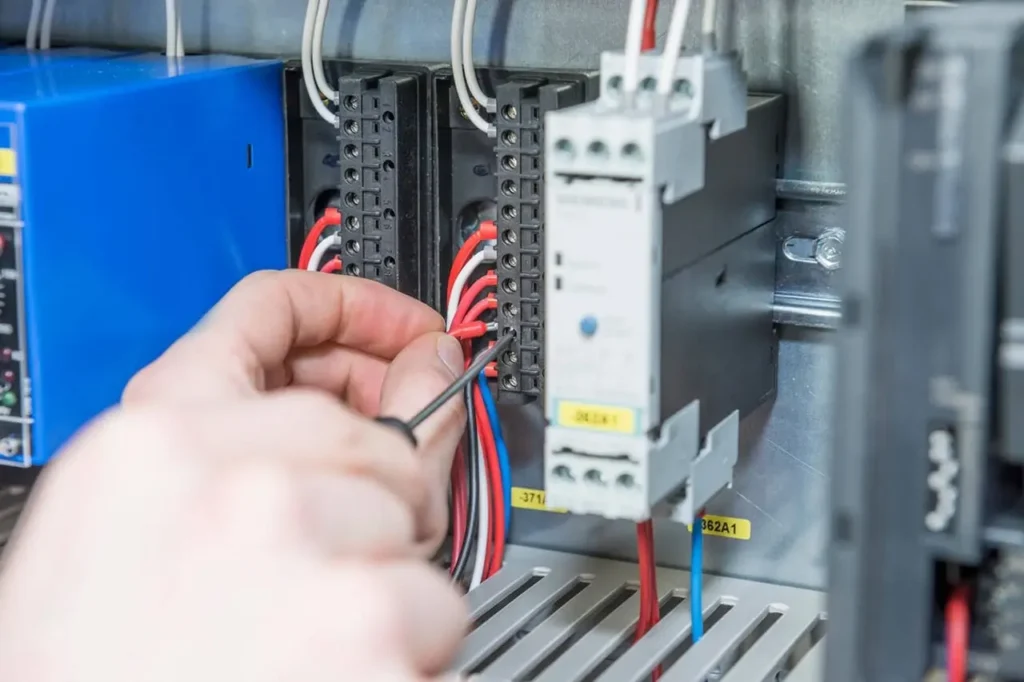
Fuse keeps blowing
After replacing the fuse, if the new one blows soon afterwards, there might be a deeper electrical issue that needs to be addressed.
No power after changing the fuse
If your home remains without power even after replacing the fuse, it’s crucial to first ensure that the main power switch is properly engaged and that the new fuse has been installed correctly. This step is vital for resolving common electrical issues promptly. If the problem persists, it may indicate a deeper electrical fault that requires professional assistance. For reliable electrical fuse box replacement in London, it’s recommended to consult experienced local electricians who can diagnose and address such issues efficiently.
Identifying underlying problems
Persistent electrical issues indicate wiring problems or faulty appliances that require professional inspection.
When to call a professional
Recognizing when the problem is too complex
If you’re not comfortable or the problem persists, it’s best to call a professional electrician.
How to choose a qualified electrician
Look for licensed emergency electricians in London with good reviews and reasonable rates. Ask for recommendations from friends or family.
Preventative measures
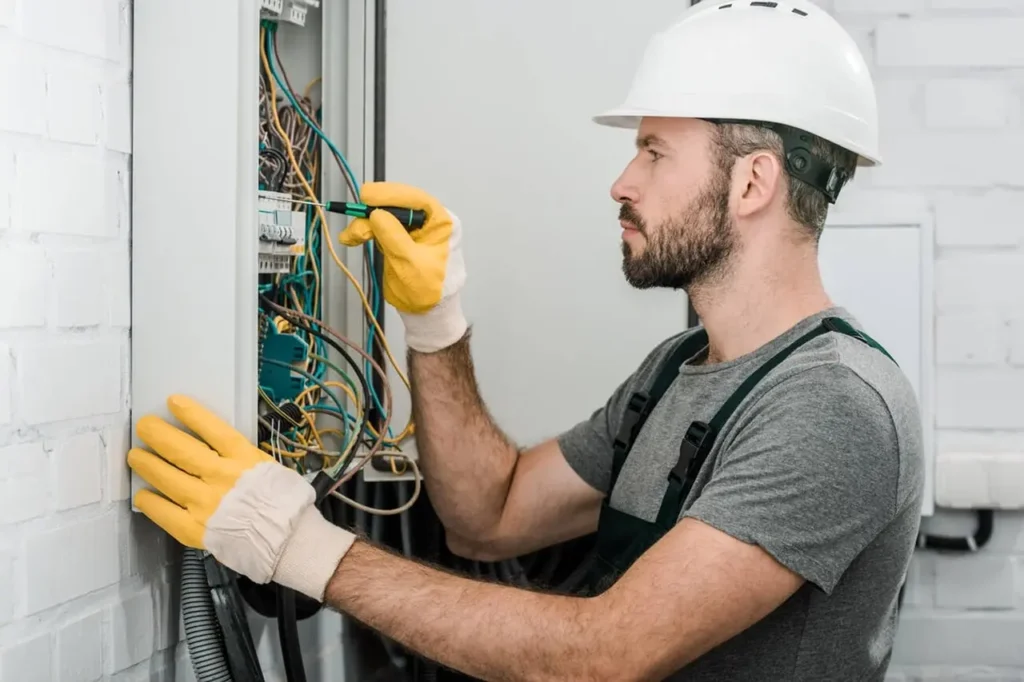
Avoiding overloaded circuits
Distribute electrical load evenly across circuits to prevent overloads.
Regular maintenance of electrical systems
Routine checks and maintenance are essential for identifying and fixing problems before they become serious.
Upgrading your fuse box if necessary
Older fuse boxes may not handle modern electrical loads. Consider upgrading to a newer system for better safety and efficiency.
FAQs about changing fuses
How often do fuses need to be changed?
Fuses only need to be changed when they blow. If your fuses blow frequently, it might indicate a larger electrical issue.
Can I use a higher-rated fuse?
No, using a higher-rated fuse can be dangerous and might not protect your circuit properly. Always use the correct rating.
What should I do if I keep blowing fuses?
Identifying and fixing the underlying issue is best done by a professional if you keep blowing fuses.
Is it safe to change a fuse myself?
Yes, if you follow safety protocols and are confident in your abilities. If in doubt, call a professional.
How can I tell if my fuse box is outdated?
Signs of an outdated fuse box include frequent fuse blows, old and corroded components, or if it can’t handle your current electrical load.
How to Change a Fuse in a Fuse Box: Assuring Home Safety Read More »

